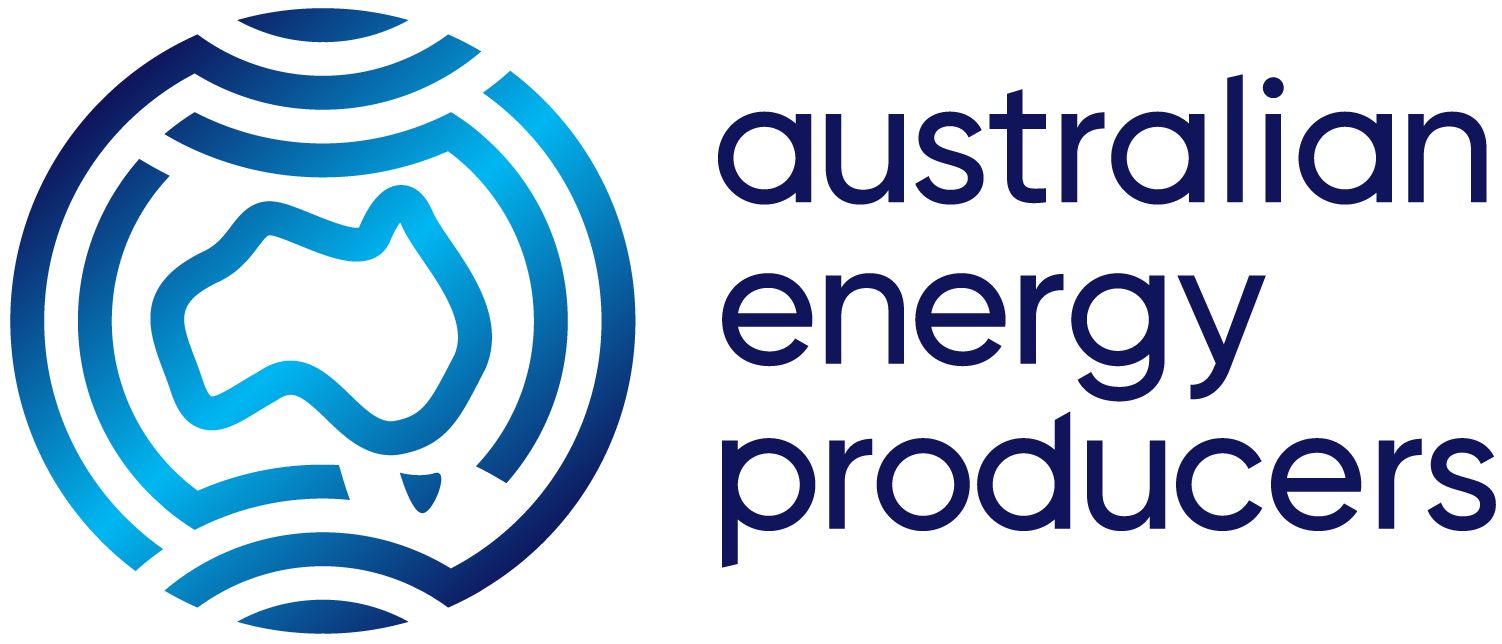09 Oct 2024
Opinion article by Samantha McCulloch in the Australian Financial Review on need for investment in new gas supply
Opinion article in the Australian Financial Review by Samantha McCulloch, Chief Executive of Australian Energy Producers.
Energy and Climate Change Minister Chris Bowen raised some important questions recently about where the investment and gas supply Australia needs to avoid looming shortfalls is going to come from.
Writing in the AFR (25/9), Minister Bowen correctly highlighted that the Australian gas market is facing a cumulative gas supply-demand deficit of 3300 petajoules to 2035.
To put this shortfall in perspective, 3300 petajoules is equivalent to 10 years’ worth of total gas demand in NSW and Victoria.
At the same time, gas power generation demand in the National Electricity Market (NEM) – which covers all of Australia except Western Australia and the Northern Territory – will also surge.
Australians should rightly ask, as Minister Bowen did, “Where will this gas come from to power generators for electricity? What policies will deliver the new gas plants needed?”
Minister Bowen raised these questions in the context of the Coalition’s energy policy, but the questions apply equally to his own.
Under current policy settings, Eastern Australia is facing structural gas shortfalls from 2027 because supply is not keeping up with demand.
As the Australian Competition and Consumer Commission (ACCC) reminded us again last month, Victoria and NSW face peak period gas shortages from next winter.
Meanwhile, the Australian Energy Market Operator (AEMO) estimates that demand for gas power in the NEM will be almost double today’s levels by 2043-44, as gas plays a growing role in backing up renewables.
AEMO predicts this increasing need for flexible gas will require 13 gigawatts of new gas power generation infrastructure to be built by 2050. That’s more than the combined capacity of every wind turbine installed in Australia today.
And that’s just for electricity. Gas provides almost 40 per cent of the energy use by our manufacturing sector, and will continue to do so for the foreseeable future.
Green hydrogen will have a role, but it won’t be replacing gas in Australian industry any time soon. Last week’s announcement from Origin Energy that it was abandoning its planned $207m Hunter Valley Hydrogen Hub project was the latest in a series of setbacks as commercial realities catch up with ambition.
Yet instead of national action to address the looming gas shortages, we see the opposite: more regulatory barriers, more approval delays, and more ideology masquerading as policy.
Not surprisingly, the increasingly volatile operating environment is driving away investment and acting as a handbrake on new supply.
The recent announcement from global exploration company TGS that it was abandoning its search for new gas supply in Victoria’s Otway Basin should sound alarm bells.
Exploration activity in Australia is already at historic lows due to the increasingly difficult regulatory and investment landscape.
The Otway Basin’s undeveloped gas reserves present a lifeline for Victoria’s dwindling gas supplies. But instead of welcoming this investment the Victorian Government continues to demonise gas and pursue ideological policies like forcing households to retrofit their gas appliances to electric at huge expense.
Without new gas supply, eastern Australia faces an increased the risk of blackouts, disruptions and higher energy bills – especially in Victoria and NSW.
It is no coincidence that these are the same states where successive governments have actively worked to stifle exploration and development of new gas projects.
It’s a case study in short-term politics over prudent policy. Unfortunately, recent Federal Government efforts to address the issue have not fared much better.
Major investments in new gas supply were put on hold for more than a year following heavy-handed gas market interventions, while the perennial threat of interrupting export contracts has damaged Australia’s reputation with investors and trade partners.
Critical projects remain stuck in regulatory limbo for years, exacerbated by legal challenges from taxpayer-funded activist groups.
Any meaningful policy support has been ruled out, too. For example, gas is deliberately excluded from the Capacity Investment Scheme and other policies to fast-track regulatory approvals for critical energy infrastructure.
Instead, there is an expectation that the market will come to rescue and invest the tens of billions of dollars needed in new gas supply and infrastructure.
But when you saddle a market with red tape, price controls and uncertainty, don’t be surprised when investors look elsewhere. To expect otherwise is at best wishful thinking, and at worst, wilful negligence.
While domestic gas prices have stabilised this year and there remains some investment appetite, it is not because of government policy interventions, but despite them.
Decision-makers must recognise that capital is global and mobile, and Australia is fast losing out to other countries that are actively supporting investment.
Australian gas producers are committed to providing reliable and affordable gas to homes and businesses.
This was reaffirmed by the ACCC’s latest quarterly gas market report, which recognised the efforts of industry to ensure that additional gas is available during periods of peak demand.
But without new supply coming online, shortfalls are now almost inevitable.
The Federal Government’s Future Gas Strategy released in May presented an opportunity for an energy policy reset. It recognised that natural gas is essential to Australia’s energy mix to 2050 and beyond, and that investment in new supply is urgently needed.
These key principles are among the few areas of energy policy consensus between the major parties.
Which leaves the critical question of where Australia’s future gas supply and investment will come from as one that should be above politics.

